- Product
- Solution for
For Your Industry
- Plans & Pricing
- Company
- Resources
For Your Industry
Have you ever wondered how much you can raise the price of your product without scaring away customers? Or maybe you’re curious about how discounts can impact your sales? The answer lies in a powerful concept called price elasticity.
Price elasticity tells you how much customers react to price changes. In simpler terms, it measures how demand for your product fluctuates with price adjustments. Mastering this concept is like having a superpower in the world of retail pricing. It allows you to make data-driven decisions that boost your bottom line and leave your competitors in the dust.

Not all products are created equal when it comes to price sensitivity. Here’s a breakdown of the different types of elasticity you’ll encounter, along with real-world examples:
Highly Sensitive (Elastic Demand): A small price hike can significantly reduce sales. Think luxury items, non-essentials, or products with plenty of substitutes.
Less Sensitive (Inelastic Demand): Price changes barely affect how much people buy. This applies to essentials like food and medicine, where people need them regardless of the cost.
Perfectly Balanced (Unit Elastic Demand): A price increase or decrease is mirrored by an equal change in sales volume. This is a rare case.
Now that you understand the different types, let’s see how to use this knowledge to your advantage:
Price elasticity isn’t just a fancy economic term. It’s a powerful tool that can transform your pricing strategy from a guessing game into a science. By understanding and applying this concept, you can ensure you’re meeting customer needs while maximizing your profits and achieving a dominant market position.
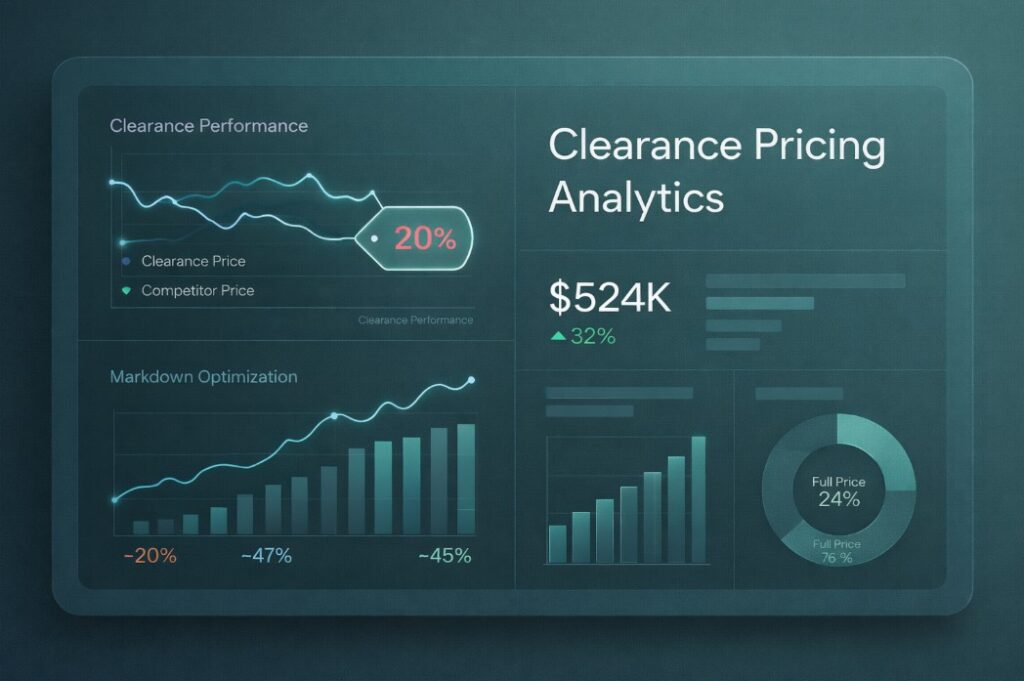
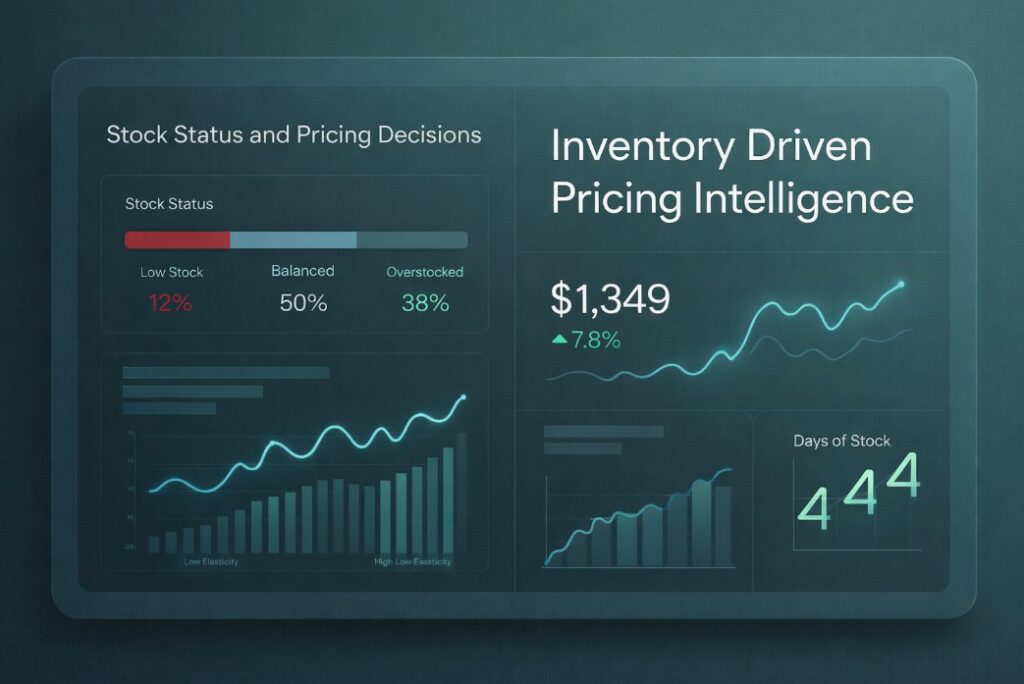
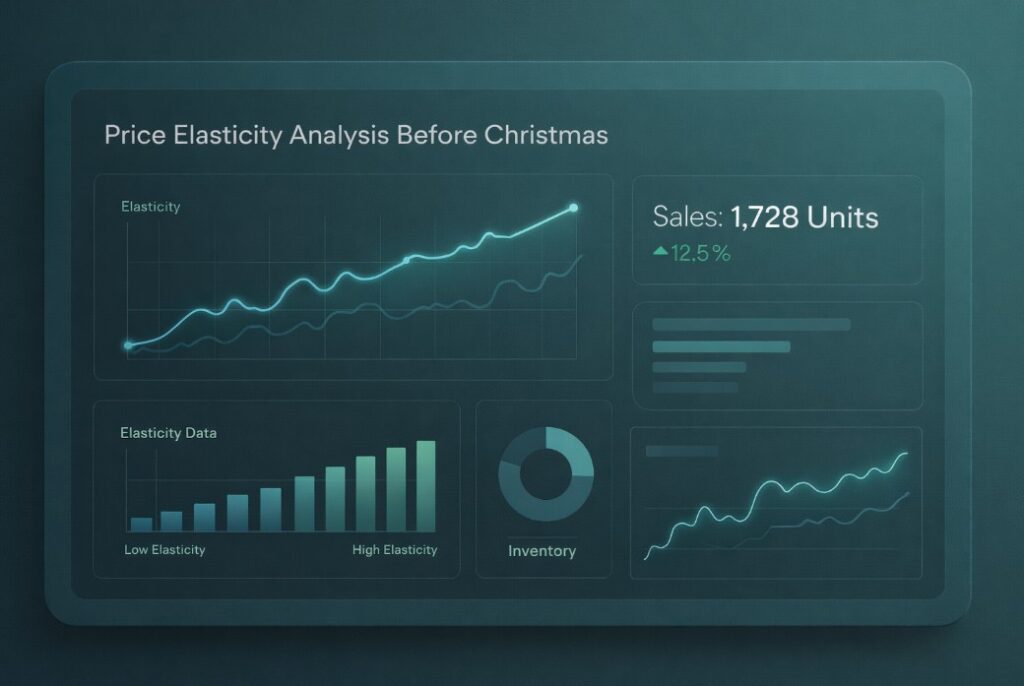
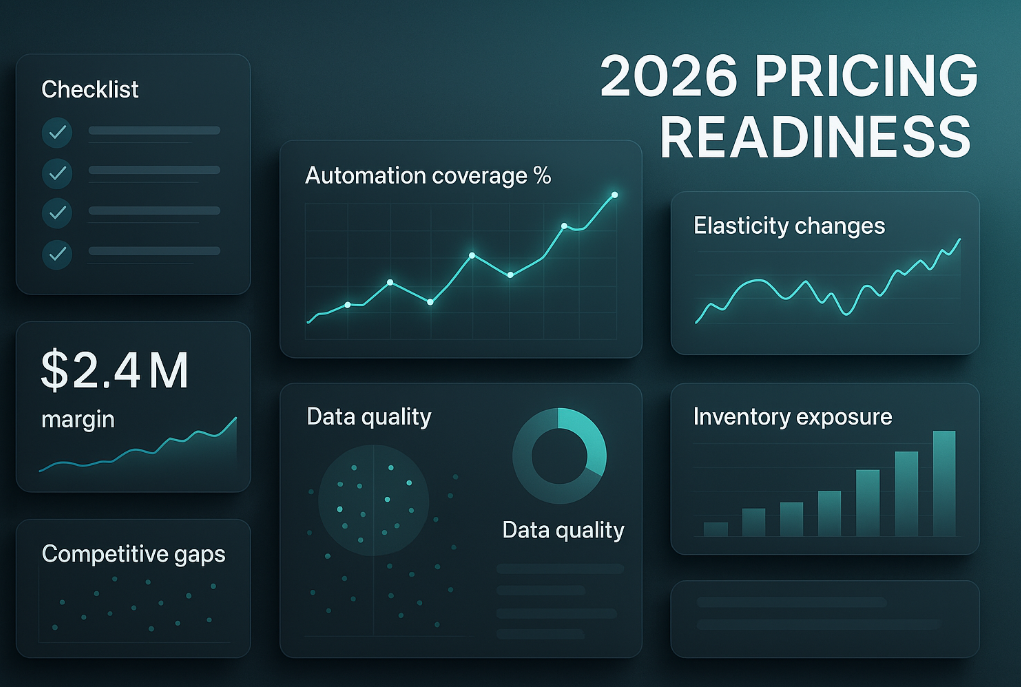
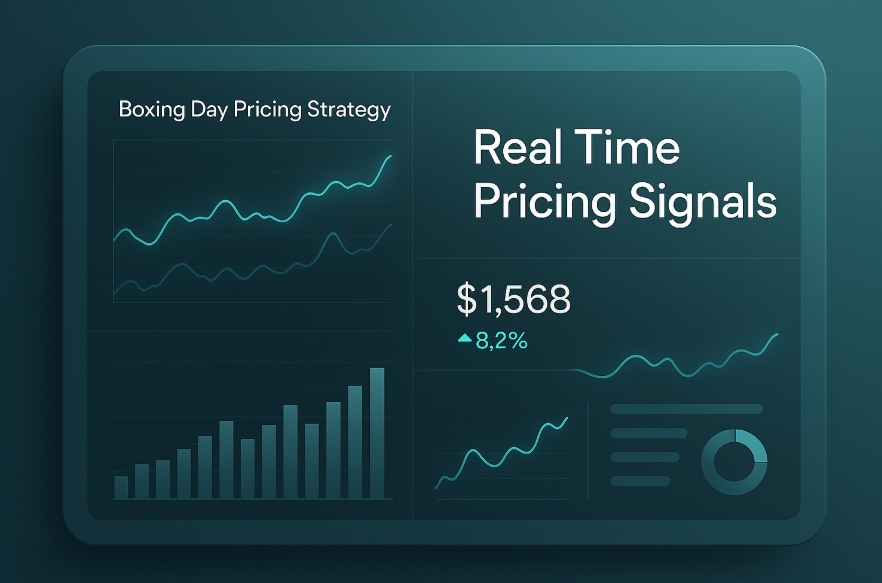
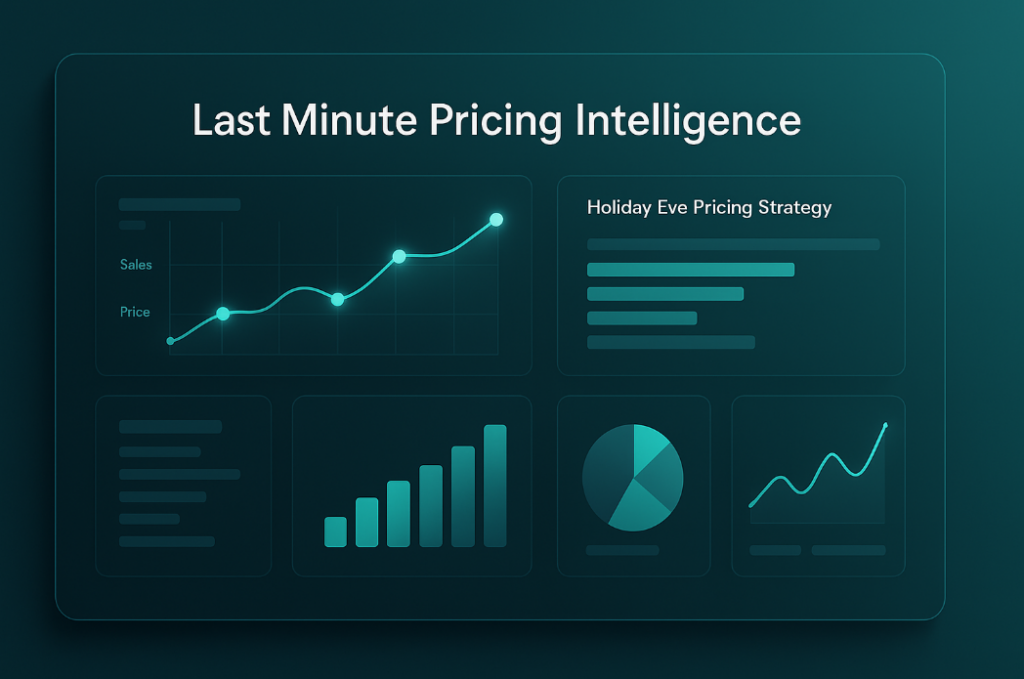







Missing an important marketplace?
Send us your request to add it!